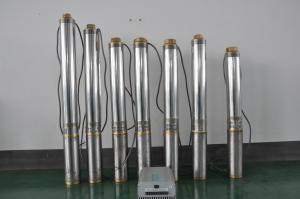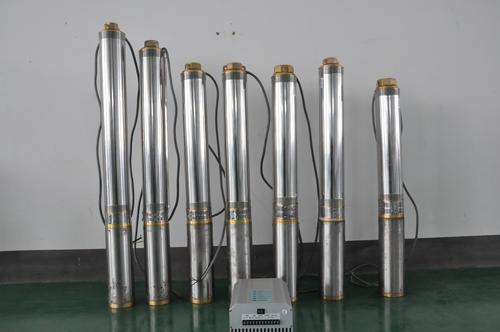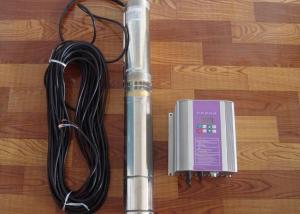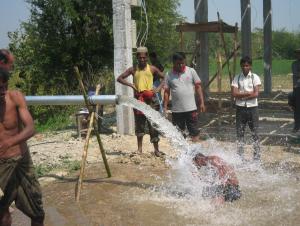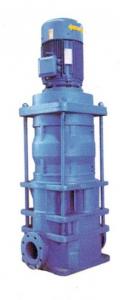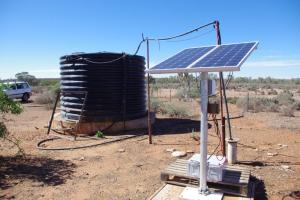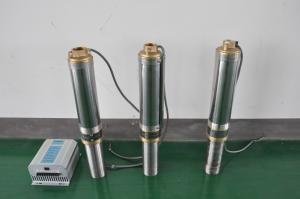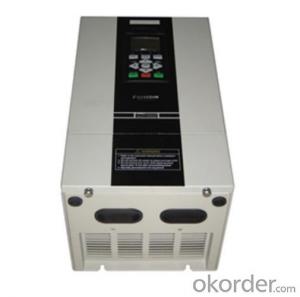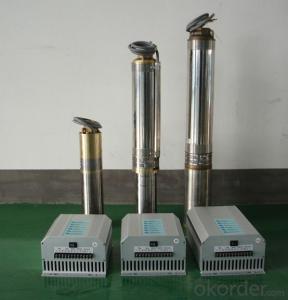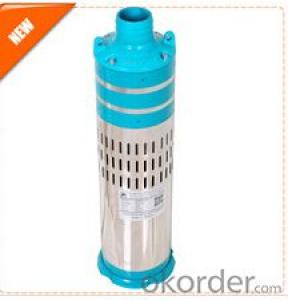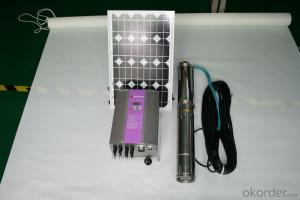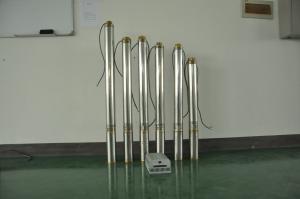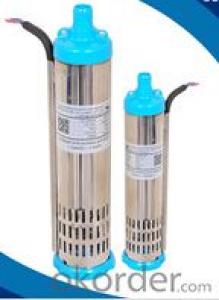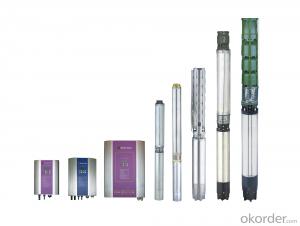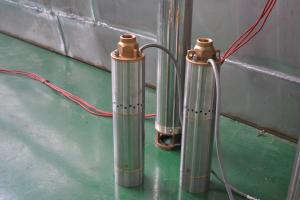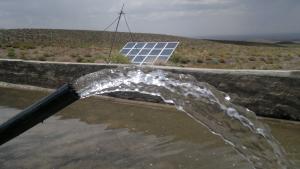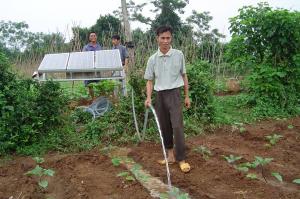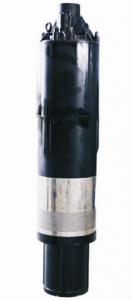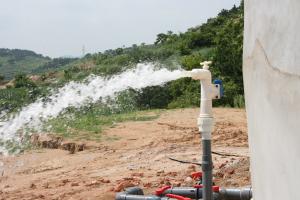Agriculture Solar Pump for Drinking Water
- Loading Port:
- Shanghai
- Payment Terms:
- TT OR LC
- Min Order Qty:
- -
- Supply Capability:
- 300 set/month
OKorder Service Pledge
Quality Product, Order Online Tracking, Timely Delivery
OKorder Financial Service
Credit Rating, Credit Services, Credit Purchasing
You Might Also Like
how is the rotor made:
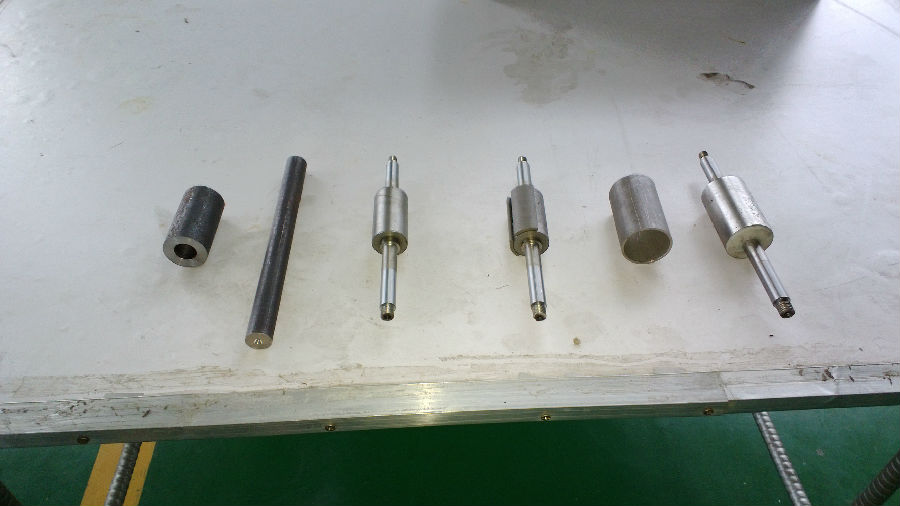
how is the motor made:
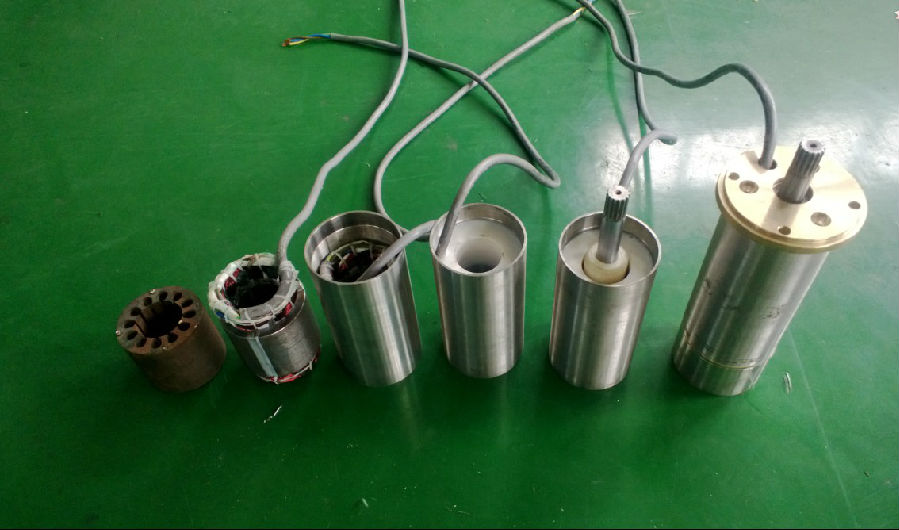
the pump :
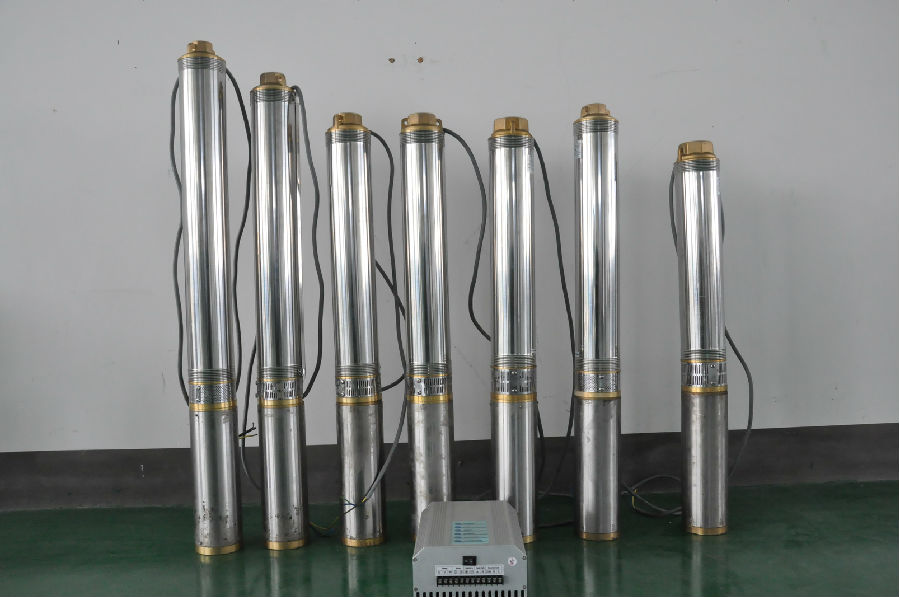
controller terminal connection:
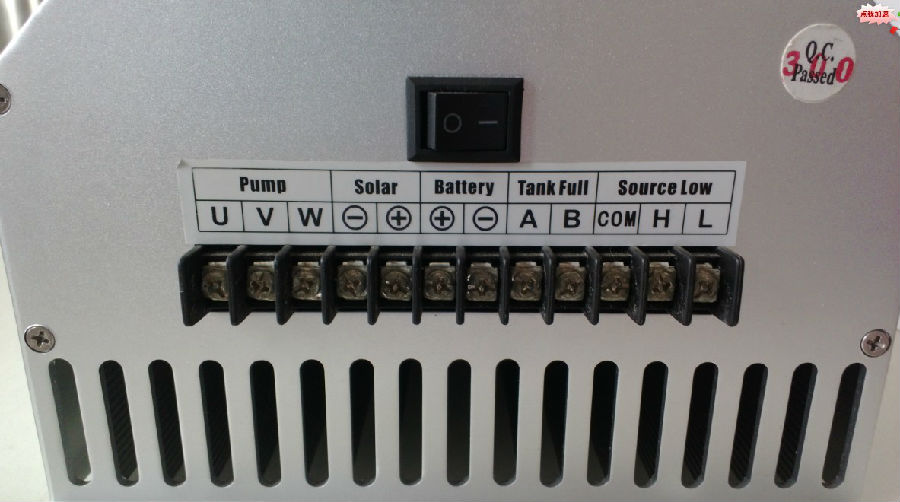
The permanent magnet:
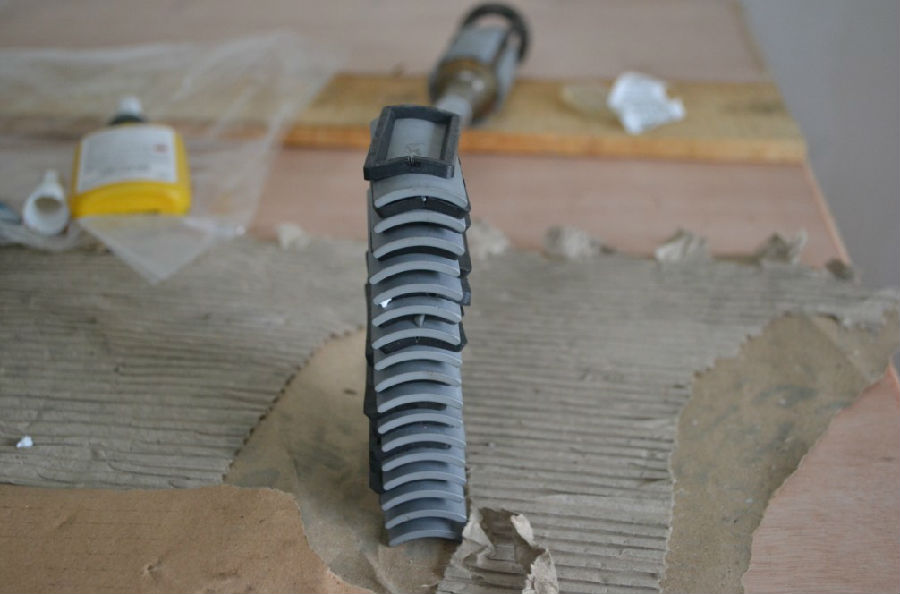
the impeller:
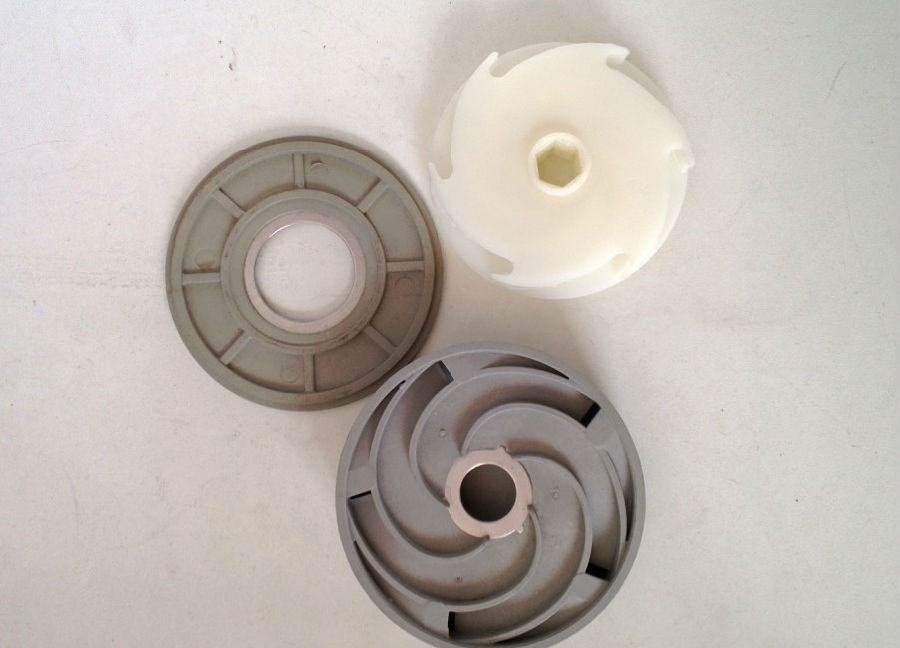
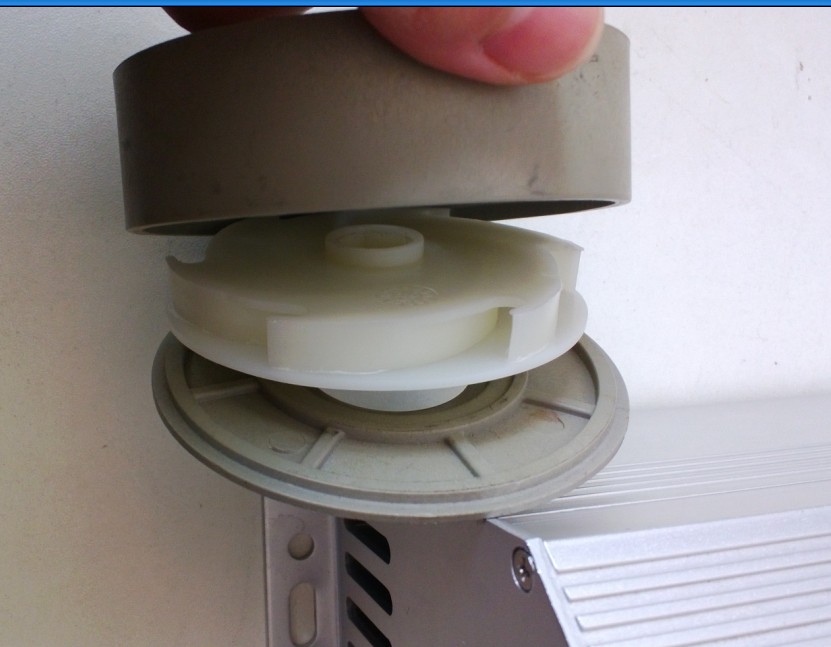
controller box:
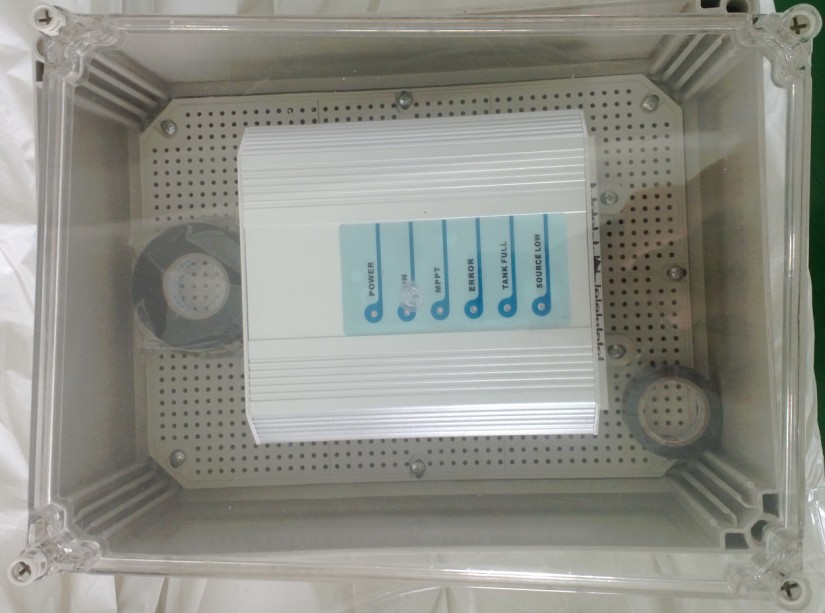
the senors:

the test:
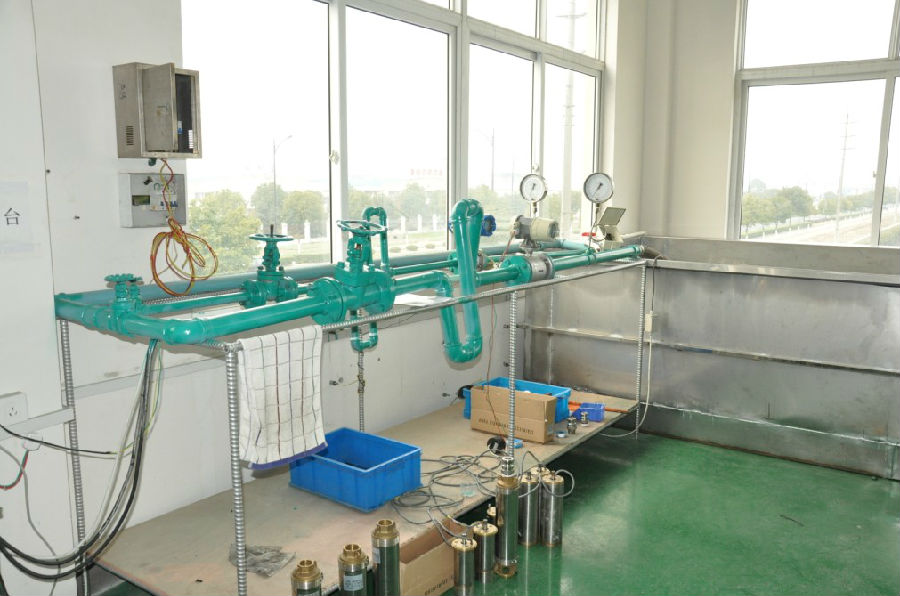
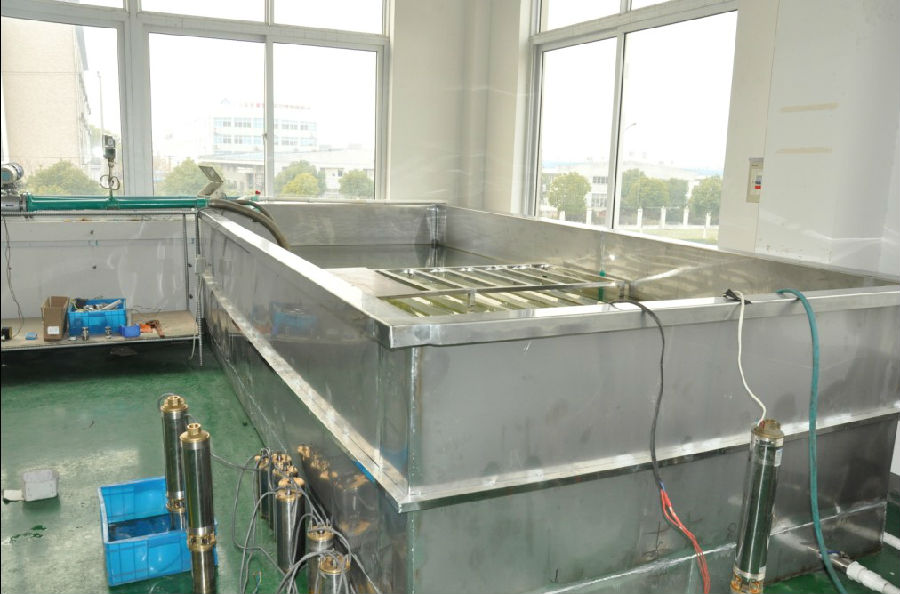
the application:
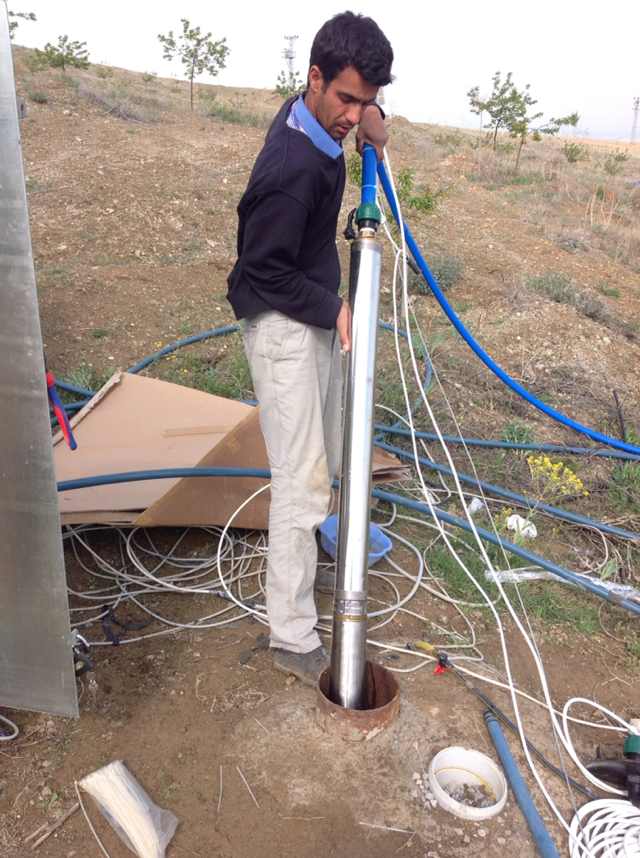
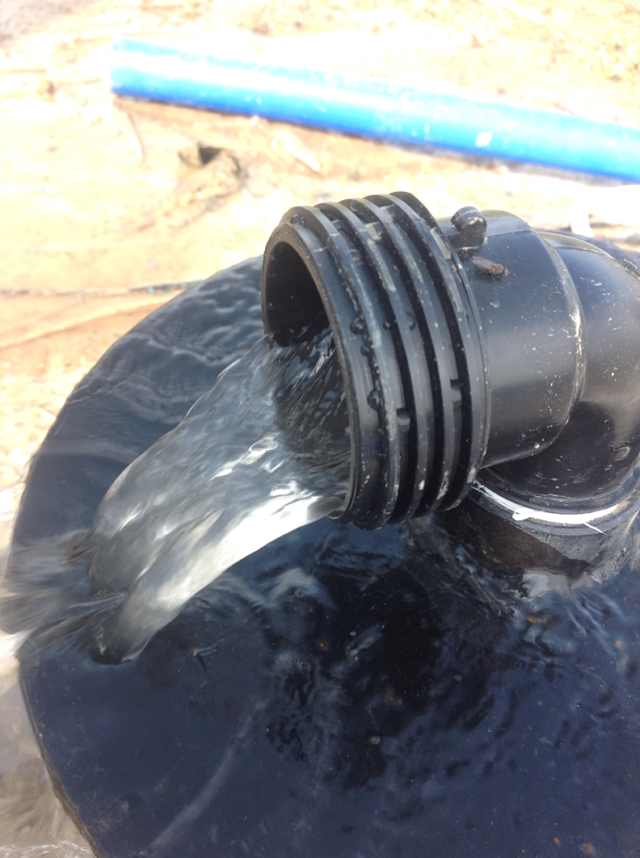
the package:
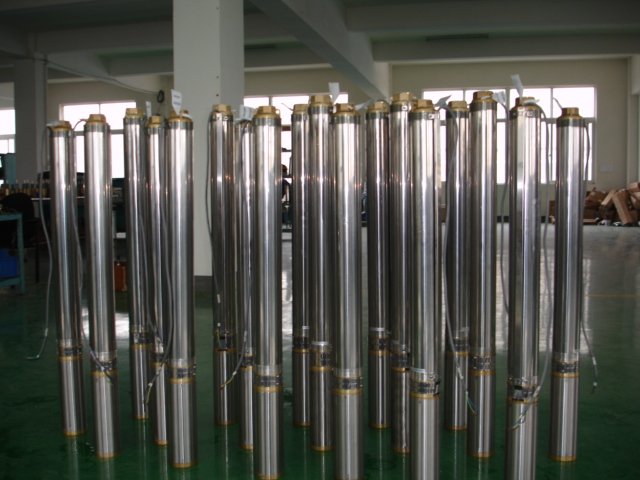
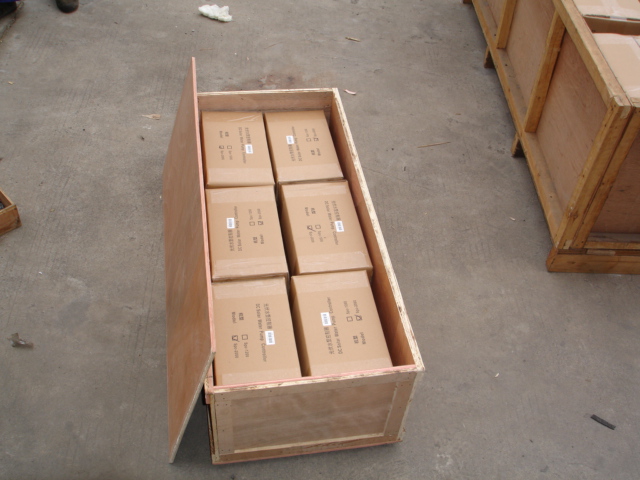
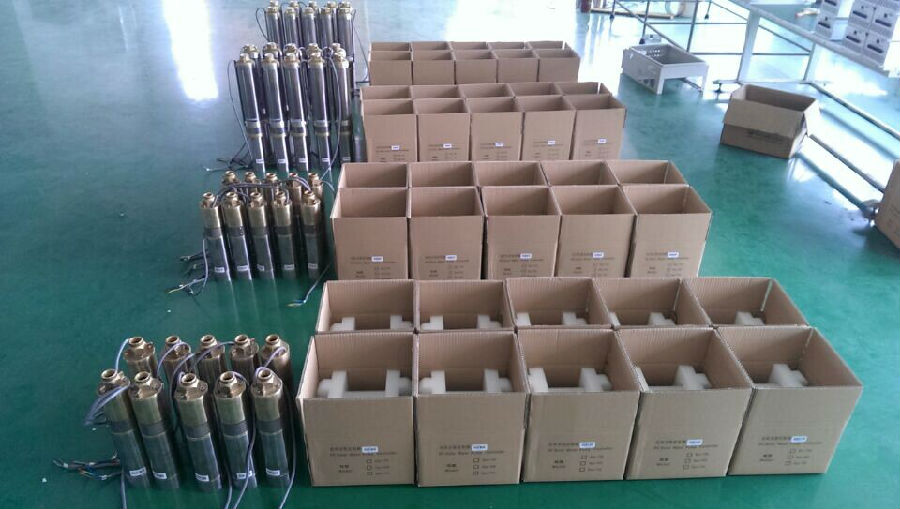

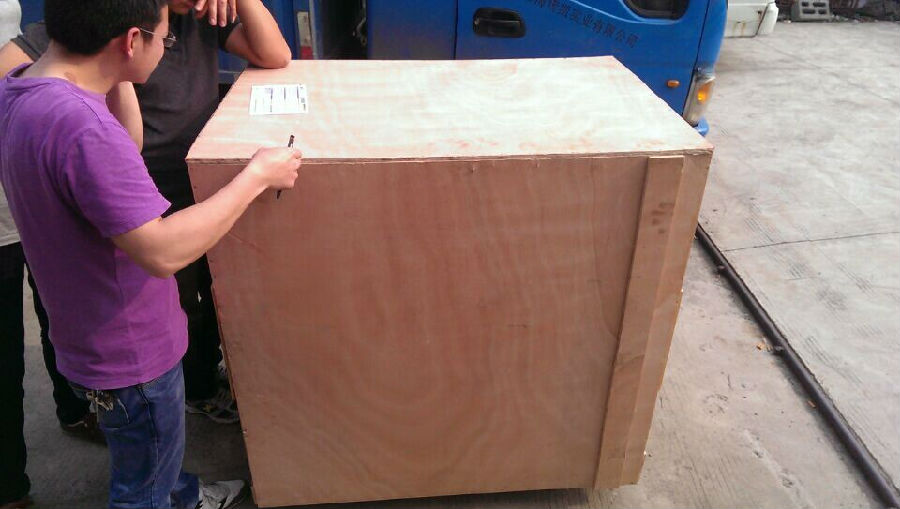
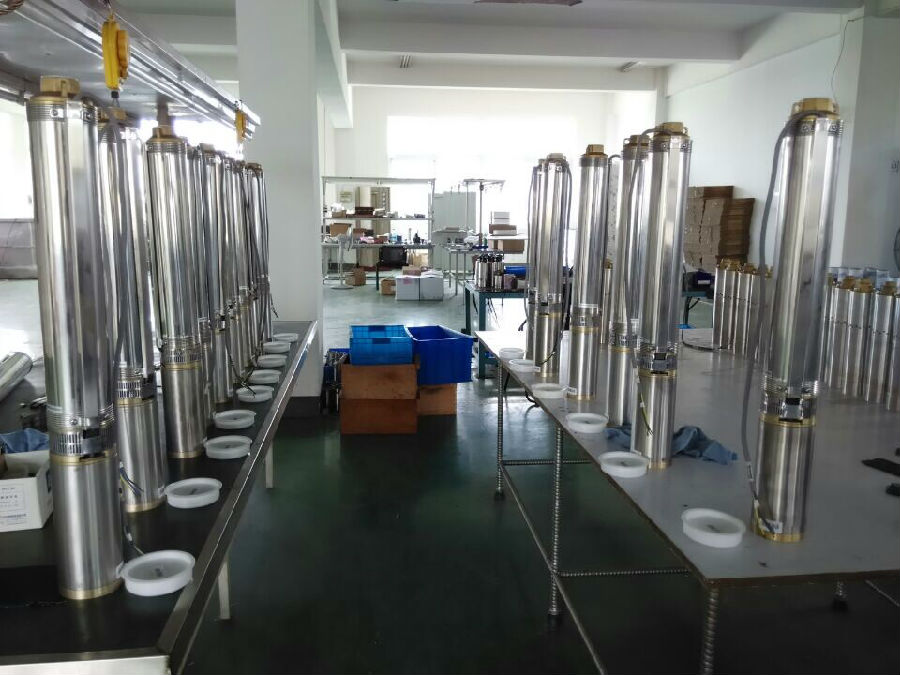
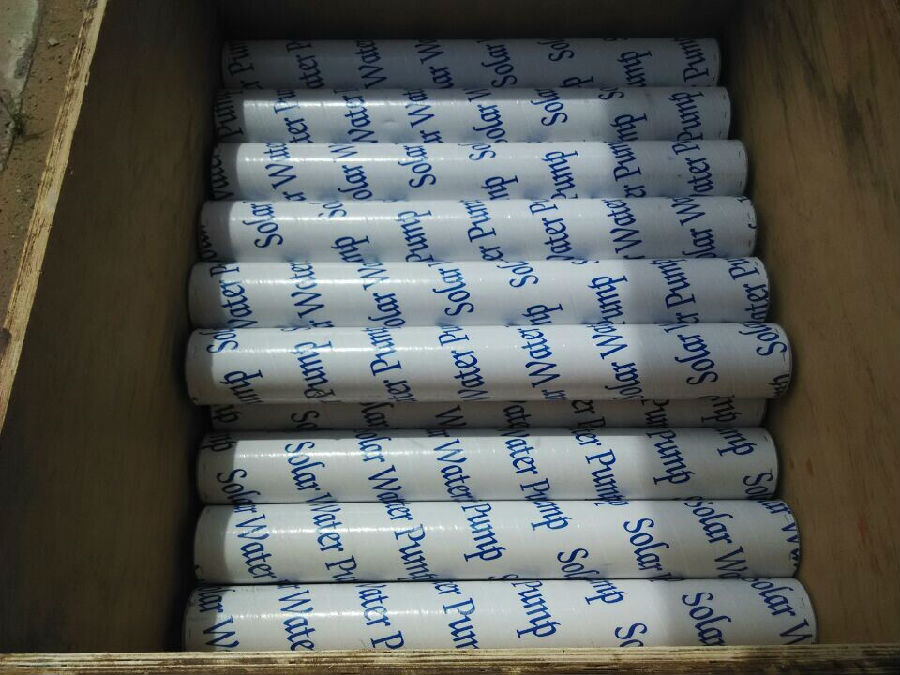
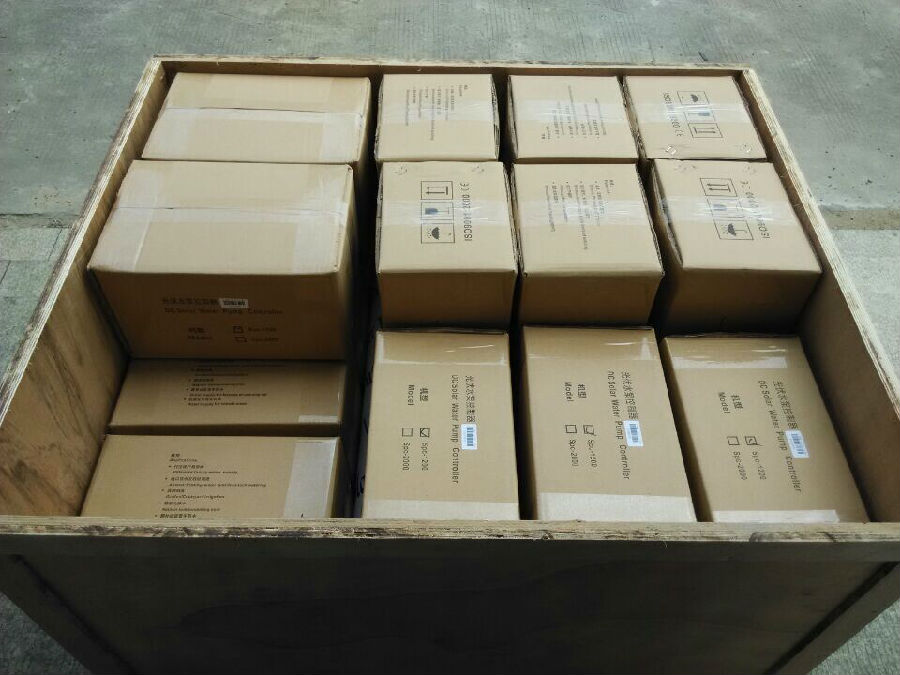
- Q: Can a solar pump be used for fountains and decorative water features?
- Indeed, fountains and decorative water features can indeed utilize a solar pump. These pumps are specifically engineered to function by harnessing the power of the sun, rendering them an environment-friendly and cost-efficient alternative for energizing water features. Typically, these pumps consist of a solar panel, which absorbs sunlight and converts it into electricity, alongside a pump that facilitates water circulation. They come in a variety of sizes and capacities to accommodate diverse fountain and water feature dimensions. Furthermore, solar pumps frequently incorporate battery backup systems, ensuring their functionality even during overcast days or nighttime. Additionally, they boast easy installation and require minimal maintenance, which has contributed to their popularity in both residential and commercial settings.
- Q: Can a solar pump be used in areas with limited access to water storage?
- Yes, a solar pump can be used in areas with limited access to water storage. Solar pumps are designed to operate independently of a grid or electricity supply, utilizing solar energy to pump water from a source such as a well or a water body. They can be used in remote areas where access to water storage may be limited, providing a reliable and sustainable solution for water supply.
- Q: How does a solar pump handle water with high levels of sand or other abrasives?
- A solar pump with high levels of sand or other abrasives typically has a built-in filtration system to prevent clogging. This system helps separate the sand or other particles from the water, ensuring smooth operation and reducing the risk of damage to the pump.
- Q: How does a solar pump handle water with high levels of organic matter or decaying materials?
- A solar pump can handle water with high levels of organic matter or decaying materials by using filters and screens. These components prevent large particles or debris from entering the pump and clogging the system. Additionally, regular maintenance and cleaning of the filters help ensure the pump's optimal performance even in challenging water conditions.
- Q: How does the distance between the solar panel and the pump affect the performance?
- The performance of the system can be significantly affected by the distance between the solar panel and the pump. To begin with, the efficiency of power transfer from the solar panel to the pump is influenced by this distance. As the distance increases, there is a greater likelihood of power loss due to resistance in the cables or wires used for transmission. This can result in a decrease in the amount of power that reaches the pump, ultimately impacting its performance. Furthermore, a longer distance between the solar panel and the pump can give rise to voltage drop problems. Voltage drop occurs when the resistance in the wires causes a reduction in voltage over a distance. This can further diminish the power reaching the pump, affecting its performance and potentially causing it to operate below its optimal power range. In addition, the distance can have implications for the overall design and installation of the system. Longer distances may necessitate more extensive wiring, leading to increased costs and maintenance efforts. It can also introduce additional points of potential failure in the system, such as connections or junctions, which could result in performance issues. Lastly, the reliability of the system can be influenced by the distance between the solar panel and the pump. If the solar panel is situated far away from the pump, it may be exposed to different environmental conditions, such as shading or extreme temperatures, which can impact the overall performance and lifespan of the system. In conclusion, the distance between the solar panel and the pump can affect power transmission efficiency, give rise to voltage drop issues, impact system design and installation, and influence the reliability of the system. It is therefore crucial to carefully consider and optimize this distance to ensure optimal performance and longevity of the solar-powered pump system.
- Q: Can a solar pump be used in swimming pools?
- Certainly, swimming pools can indeed utilize solar pumps. For pool owners aiming to decrease their energy usage and ecological impact, solar pumps offer a splendid alternative. By harnessing solar energy through panels, these pumps generate electricity to operate themselves. Consequently, the circulation and filtration of pool water occur without dependence on grid electricity. Moreover, solar pumps are known for their noiselessness, ease of maintenance, and effortless installation. However, it is crucial to ascertain the appropriate size of the solar pump for the swimming pool in order to achieve optimal performance and efficiency.
- Q: Are there different types of solar pumps available?
- Yes, there are different types of solar pumps available. Some common types include submersible solar pumps, surface solar pumps, and floating solar pumps. These pumps are designed for various applications such as irrigation, water supply, and fountain systems, and they vary in terms of capacity, efficiency, and installation requirements.
- Q: Can a solar pump be used in areas with limited access to water allocation?
- Yes, a solar pump can be used in areas with limited access to water allocation. Solar pumps are an ideal solution for such areas as they rely on solar energy to operate, eliminating the need for grid electricity or fuel. These pumps can draw water from various sources, including wells, boreholes, or rivers, making them suitable for areas with limited water allocation. Additionally, solar pumps are cost-effective and environmentally friendly, making them a viable option for communities facing water scarcity.
- Q: Can solar pumps be used for hydroponics or greenhouse irrigation?
- Yes, solar pumps can be used for hydroponics or greenhouse irrigation. Solar pumps are an efficient and sustainable solution for providing water to these systems, as they operate using solar energy and do not require an external power source. They can provide a consistent supply of water, ensuring optimal conditions for plant growth and maximizing productivity in hydroponics or greenhouse setups.
- Q: Can a solar pump be used in areas with limited access to water treatment facilities?
- Yes, a solar pump can be used in areas with limited access to water treatment facilities. Solar pumps are designed to draw water from various sources such as wells, rivers, or lakes, and can be installed in remote locations where traditional water treatment facilities are not available. These pumps can provide a reliable and sustainable solution for accessing clean water in areas with limited infrastructure.
Send your message to us
Agriculture Solar Pump for Drinking Water
- Loading Port:
- Shanghai
- Payment Terms:
- TT OR LC
- Min Order Qty:
- -
- Supply Capability:
- 300 set/month
OKorder Service Pledge
Quality Product, Order Online Tracking, Timely Delivery
OKorder Financial Service
Credit Rating, Credit Services, Credit Purchasing
Similar products
Hot products
Hot Searches
Related keywords
